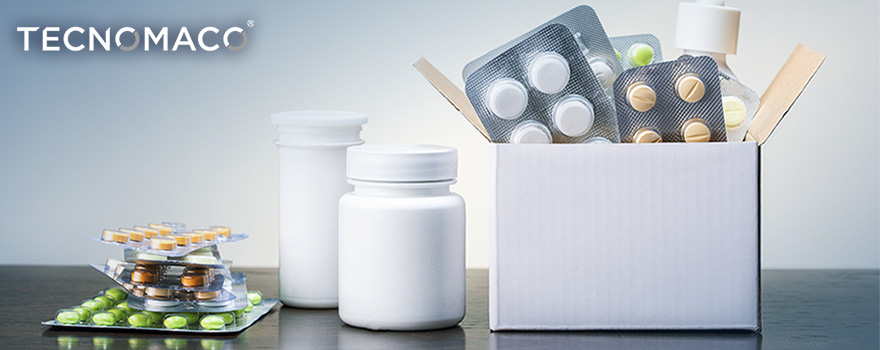
The pharmaceutical packaging sector, among the Made in Italy excellencies, adopts standards of innovation and excellence that ensure the integrity of the product at every stage of the manufacturing process, including transportation and storage. The moment the medicine reaches the consumer, it is important that this quality chain is not interrupted, so as not to alter the characteristics of the product or compromise its efficacy.
Storing medications in their original packaging is a golden rule that every patient should follow to protect their health and safety, especially in summer. In addition to protecting the product from heat and humidity, the packaging provides essential information such as the lot number, expiration date, and directions on the package insert, which is good to have on hand when travelling.
Protect medications from heat and humidity
In the hot months, AIFA recommends, whenever possible, to prefer medicines in solid formulations (pills, capsules, tablets), as they are less sensitive to heat. In liquid preparations, in fact, high temperatures can accelerate chemical reactions between the various components, altering the compound. Although more stable than liquids, solid preparations should not be stored in traditional pillboxes, which could release harmful substances due to heat. They must, moreover, be carefully preserved from moisture, to prevent them from dissolving or releasing the active ingredient before intake, thwarting therapy.
Some medicines exhibit hyperreactivity to light. When exposed to UV light, they can induce phototoxic (direct cellular damage) or photoallergic (delayed hypersensitivity) reactions in the patient. The category of photosensitizing medicines includes fairly common drugs, such as oral contraceptives, tetracyclines, nonsteroidal anti-inflammatory drugs (NSAIDs), diuretics, and antifungals. To tell if the product has deteriorated, one must check for changes in taste, odour, colour, consistency, and, in the specific case of liquids, that there are no solid particles in suspension or at the bottom.
The importance of pharmaceutical packaging
Leaving the medicine in its original packaging is the first rule to follow, especially when travelling. Pharmaceutical packaging is designed, in every aspect, to protect the safety and health of the patient. While primary packaging (bottles, bisters etc.) serves to preserve the integrity and efficacy of the product, secondary packaging allows for traceability, immediate identification and proper use. Simple and functional packaging graphics allow the consumer to immediately obtain the basic information: product name, active ingredient, dosage, pharmaceutical form, and expiration date.
To be sure to store and take medications in the right way, it is important to read and keep the recommendations specified inside the package. On the leaflet, in addition to the composition and therapeutic indications, there are precautions for use, possible interactions with other medicines, contraindications, possible side effects, storage methods and administration methods.
How to store and transport medicines in summer
Medicines, unless otherwise specified, should be stored in cool, dry places at temperatures not exceeding 25°. Nonperishable medications can tolerate higher temperatures for up to two days. Exposing them to heat for a longer period does not affect their quality, but may advance their expiration date. It is best, therefore, not to keep them in your purse or take them to the beach to avoid direct exposure to the sun’s rays.
Perishable medicines require a storage temperature of 2° to 8°. This category includes insulin, reconstituted antibiotic powder, hormone treatments in injectable preparations, and some eye drops (e.g., drugs for the treatment of glaucoma, drops for the treatment of eye infections), among others. If travelling by car, medicines to be refrigerated should not be stored in the trunk, but in a cooler bag to be kept in the passenger compartment, away from sunlight and direct heat sources. When travelling by ship, train or aeroplane, it is a good idea to ask the cabin crew in which compartment to house the cooler to avoid excessive temperature changes that would promote deterioration of the product. Life-saving medications, which are essential for the patient’s survival, should never be placed in the suitcase that is checked into the hold. To prevent possible loss, it is important to carry them in hand luggage with the relevant prescription, which must be shown during airport screening.